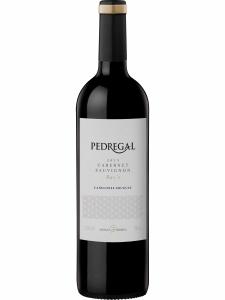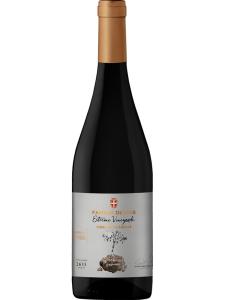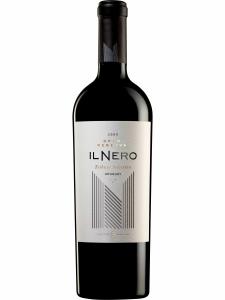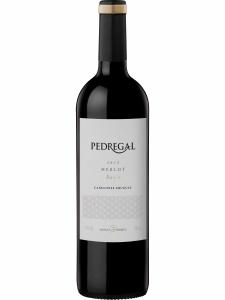The Canelones administrative department, just north of the Uruguayan capital of Montevideo, is home to the majority of Uruguay's vineyards. It lies in the south of the small South American country, east of the San Jose department and just inland from the Atlantic coast where it sweeps westwards into the Rio de la Plata estuary.
The wine towns of Juanico and Progreso are to be found at the south-western edge of Canelones, separated from one another by just five miles, and from Canelones town by a similarly short distance. The densely planted viticultural area that surrounds these towns is arguably the epicenter of the Uruguayan wine industry. More Tannat vines are planted here than in any other place on Earth, including Madiran, Tannat's spiritual home. Wines from Canelones are made from more than just Tannat, however. A number of different international varieties are used, including light-skinned varieties Pinot Blanc, Chenin Blanc, Sauvignon Blanc and Chardonnay. Among the red wine grapes popular here, Syrah, Cabernet Franc and Merlot figure strongly. The Carrau family, one of Uruguay's wine pioneers, has had vineyards in this region since 1930, planted with Merlot, Cabernet Franc and Chardonnay, as well as northern Italian classics Nebbiolo and Marzemino.
The landscape in which most Canelones vineyards are planted is flat and relatively low-lying – far from the norm for iconic South American terroir, which typically conjures up images of cacti and rugged Andean backdrops. The land between Progreso and Canelones town, for example, rises and falls almost imperceptibly between 75ft and 175ft (25m and 55m). In this regard it is closer to the landscape of the Libourne than Lujan de Cuyo. Patches of slightly more dramatic topography (by Uruguayan standards) can be found further to the north-east in the Cuchilla Grande hills, but this area has yet to be successfully prospected for quality terroir.
Despite its position between the 33rd and 34th southern parallels (in line with Stellenbosch in the southern hemisphere and Lebanon's Bekaa Valley in the northern hemisphere), Canelones' climate is as moderate as its topography. The department's proximity to the Atlantic Ocean means that the summer highs (which are considerable at inland locations on this latitude) and winter lows are gentler, creating a longer growing season. Canelones winemakers are not slow to point out the similarities between the climate in Canelones and that in Bordeaux – claims that are supported by meteorological data. If one were seeking a counter example to the importance of latitude to the world's great wine terroirs, this comparison would suffice – Juanico and Progreso lie a whole ten degrees closer to the equator than even the most southerly Bordeaux vineyard.





